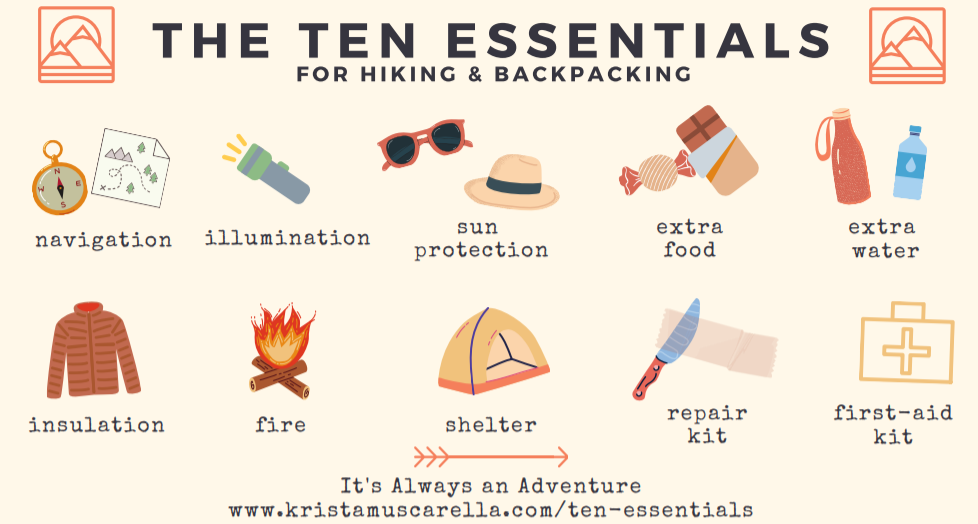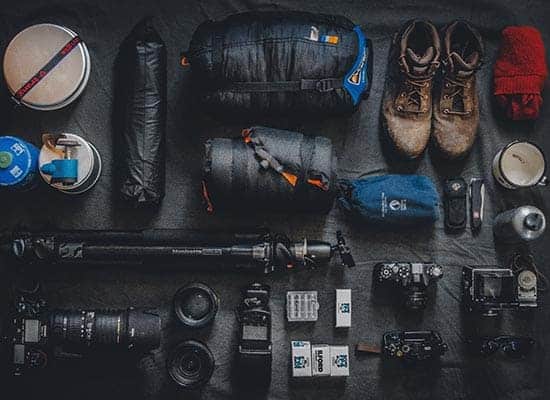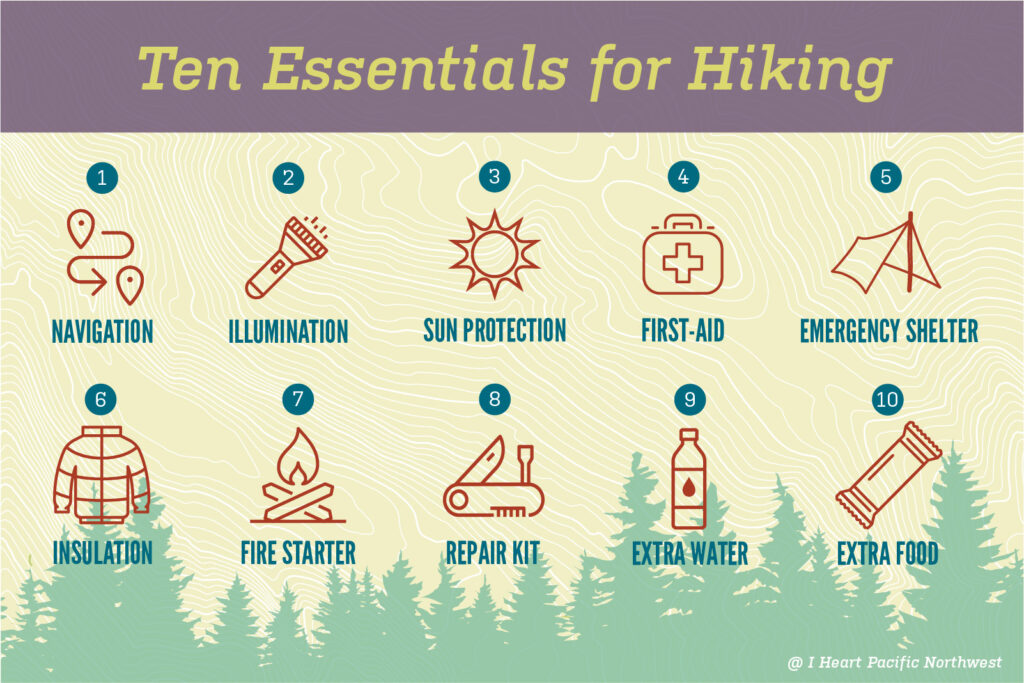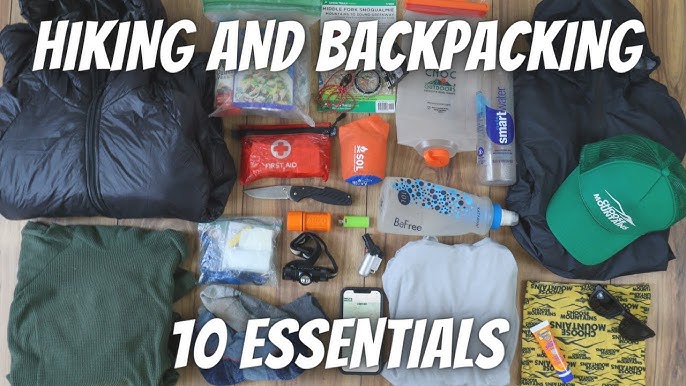
10 Must-Have Items for Your First Hike
Embarking on your first hiking adventure is an exciting experience, but going unprepared can turn that excitement into discomfort—or even danger. Proper gear can make the difference between an enjoyable hike and a miserable one. Whether you’re going on a short trail or a full-day hike, here’s a comprehensive guide covering the 10 must-have items every beginner hiker should pack, along with detailed explanations, recommendations, and usage tips.
1. Backpack
Features to Look For:
- Capacity: 20-30 liters for day hikes; 40+ liters for longer hikes.
- Comfort: Padded shoulder straps, hip belt, and adjustable sternum strap.
- Compartments: Multiple pockets for easy organization.
- Durability: Water-resistant or waterproof material.
Recommended Brands:
- Osprey Daylite Plus
- Deuter Speed Lite
Tips:
- Pack heavier items near your back.
- Use compression straps to stabilize the load.
2. Hiking Shoes or Boots

Your feet do all the work, so protect them well.
What to Consider:
- Fit: Leave room for toe movement but avoid slippage.
- Type: Trail runners (for light trails) or hiking boots (for rocky/muddy terrain).
- Waterproofing: GORE-TEX or equivalent materials are a plus.
Popular Models:
- Merrell Moab 2
- Salomon X Ultra 4 GTX
Pro Tip:
Break them in before your first long hike to avoid blisters.
3. Water Bottle or Hydration Bladder
Staying hydrated is critical for energy and safety.
Options:
- Water Bottles: Stainless steel (durable) or BPA-free plastic (lightweight).
- Hydration Bladders: Allow sipping without stopping; ideal for long hikes.
Minimum Water Requirement:

- 2 liters for day hikes.
Bonus:
Water purification tablets or a Lhttps://hikingrevels.com/ifeStraw for unexpected water sources.
4. Navigation Tools (Map, Compass, GPS)
Even marked trails can be confusing. Always have navigation tools.
Essentials:
- Topographic Map: Shows terrain features.
- Compass: Learn basic orienteering.
- GPS Device: Garmin eTrex or phone apps like AllTrails.
Why It Matters:
Phone batteries die—old-school navigation never does.
5. First Aid and Emergency Kit
Accidents can happen. Be ready.
Must-Have Items:
- Bandages, gauze, antiseptic wipes.
- Tweezers, scissors, painkillers.
- Blister treatment (moleskin or gel pads).
- Emergency blanket.
Additional Safety Thttps://hikingrevels.com/ools:

- Whistle.
- Signal mirror.
6. Multi-Tool or Knife
A compact multi-tool is incredibly versatile.
Uses:
- Cutting rope.
- Preparing food.
- First aid adjustments.
Recommended:
- Swiss Army Knife
- Leatherman Wave Plus
Safety Note:
Know how to safely handle and store your knife.
7. Food and Energy Snacks
Fuel your body to maintain stamina.
Best Foods:
- Trail mix, nuts, granola bars.
- Energy gels.
- Dried fruit, jerky.
Packing Tip:
Keep snacks easily accessible to avoid unpacking everything.
8. Portable Stove (Optional for Day Hikes)
For warm meals or hot drinks.
Recommended Models:
- Jetboil Flash
- MSR PocketRocket 2
Consider:
- Fuel compatibility.
- Lightweight cookware.
Important:

- Follow fire safety rules.
- Some trails prohibit open flames.
9. Weather Protection (Clothing & Gear)
Weather can change fast in nature.
Essentials:
- Rain jacket.
- Insulating layer (fleece or down jacket).
- Hat, sunglasses, gloves.
Optional:
- Gaiters for mud or snow.
- Lightweight tarp or emergency shelter.
10. Illumination (Headlamp or Flashlight)
Even day hikes can run late.
Requirements:
- Headlamp preferred (hands-free).
- Spare batteries.
Good Modelhttps://hikingrevels.com/s:
- Petzl Actik Core
- Black Diamond Spot 350
Bonus Item: Trekking Poles
Trekking poles reduce strain on knees and improve balance.
Features:
- Adjustable length.
- Shock absorption.
Packing Strategy
- Heavier items near your back.
- Frequently used items on top.
- Emergency items in external pockets.
Conclusion
These 10 essentials ensure safety, comfort, and enjoyment on your hike. As a beginner, investing in quality gear pays off in confidence and positive experience. Prepare wisely, respect nature, and your hiking adventures will be unforgettable!

No responses yet